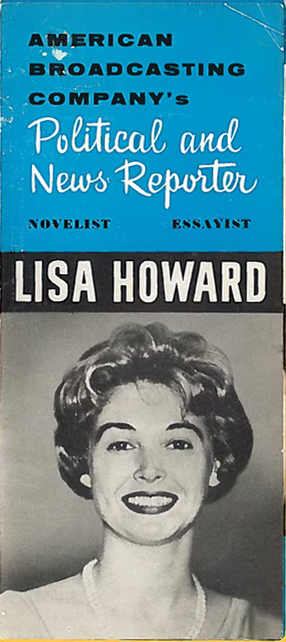During the start of the Trans-Atlantic Slave Trade, slavery was on the rise amongst different countries, however, slavery became more popular in Latin America, the Caribbean, and the United States. Throughout the year’s slavery has been increasingly on-demand throughout many countries but especially in the Caribean where slavery was very common. Although, slavery was becoming very popular, however, the treatment of the slaves was very harsh.
During the time on the ships, slaves had to endure many instances where they were being punished for simply just giving a look or just being a person who is being enslaved.
“The drivers are allowed to punish the negros, but not to a greater extent of five lashes…He walks through all the rows, observes if anything is wrong, calls the negroe back that he may rectify his faults, teaches him where he is ignorant, punishes him if he commits errors repeatedly through neglect or through obstinacy.” (Laborie, Saint Domingo, p. 164).
Having control over slaves was seen as having some kind of power because the slaves were seen differently and that they were not human. People who worked on these ships had a sense of empowerment in trying to control the slaves at any kind of cost, even if a slave looked at another people and that slave would be punished.
Gender also played an increasingly huge part in how the relationship between the plantation owner and the slaves interacted with one another. Women were placed at the bottom of the workforce because they were seen as women who cannot really work and were not able to do so.
“Slave Owners throughout the Americas became quite willing to put African women permanently to work in the fields, but they balked at allowing them access to any skilled tasks…Black women found themselves on the bottom of the work pyramid on the sugar plantations, exposed to hard labor and drudgery with little chance of escape to more skilled or protected positions”(Morgan, Women’s Sweat, p.150).
Enslaved women were often criticized for their body and they were placed in a job that was very uncomfortable for them, than their counterparts. Furthermore, gender played a huge part in how the slaves would be placed at the plantations, ships, or simply anywhere else that was seen to be necessary to put the people to work (basically its like a map that people used in order to separate of who can do the best of work.
Work Cited
Laborie, P. J. n 83825027. The Coffee Planter of Saint Domingo; with an Appendix, Containing a View of the Constitution, Government, Laws, and State of That Colony, Previous to the Year 1789. To Which Are Added, Some Hints on the Present State of the Island, under the British Government. London : T. Cadell and W. Davies, 1798, http://archive.org/details/b28760189.
Morgan, Jennifer L.Chapter 5- “Women’s Sweat”: Gender and Agricultural Labor in the Atlantic World,” Laboring World: Reproduction and Gender in the New World Slavery. Pages 144-165.
Estimates. https://www.slavevoyages.org/assessment/estimates. Accessed 20 Oct. 2021.
Trans-Atlantic Slave Trade – Database. https://www.slavevoyages.org/voyage/database#statistics. Accessed 20 Oct. 2021.
Trans-Atlantic – Introductory Maps. https://www.slavevoyages.org/voyage/maps#introductory-. Accessed 20 Oct. 2021.
Citations for the Images
Image Detail. https://www.slavevoyages.org/resources/images/category/Places/23. Accessed 21 Oct. 2021.
Image Detail. https://www.slavevoyages.org/resources/images/category/Vessels/2. Accessed 21 Oct. 2021.
Image Detail. https://www.slavevoyages.org/resources/images/category/Vessels/5. Accessed 21 Oct. 2021.
Trans-Atlantic – Introductory Maps. https://www.slavevoyages.org/voyage/maps#introductory-. Accessed 20 Oct. 2021.


